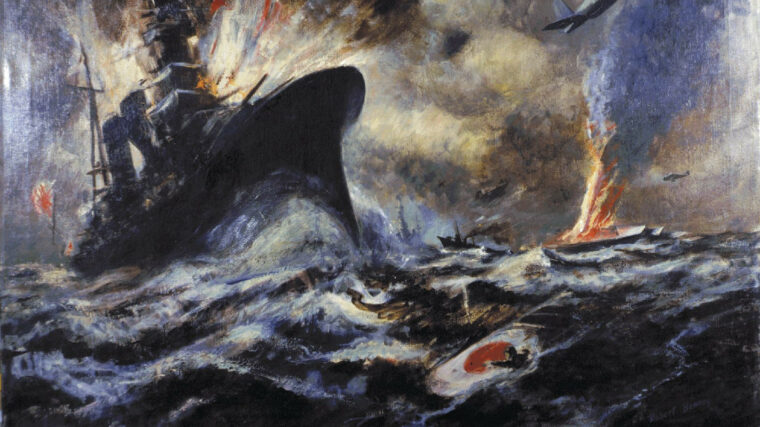
Pacific Theater
Lifting the Japanese Military
By John W. WhitmanJapanese military successes in 1941 and 1942 shocked the West. Behind those successes lay a logistics effort not often appreciated, that of shipping. Read more
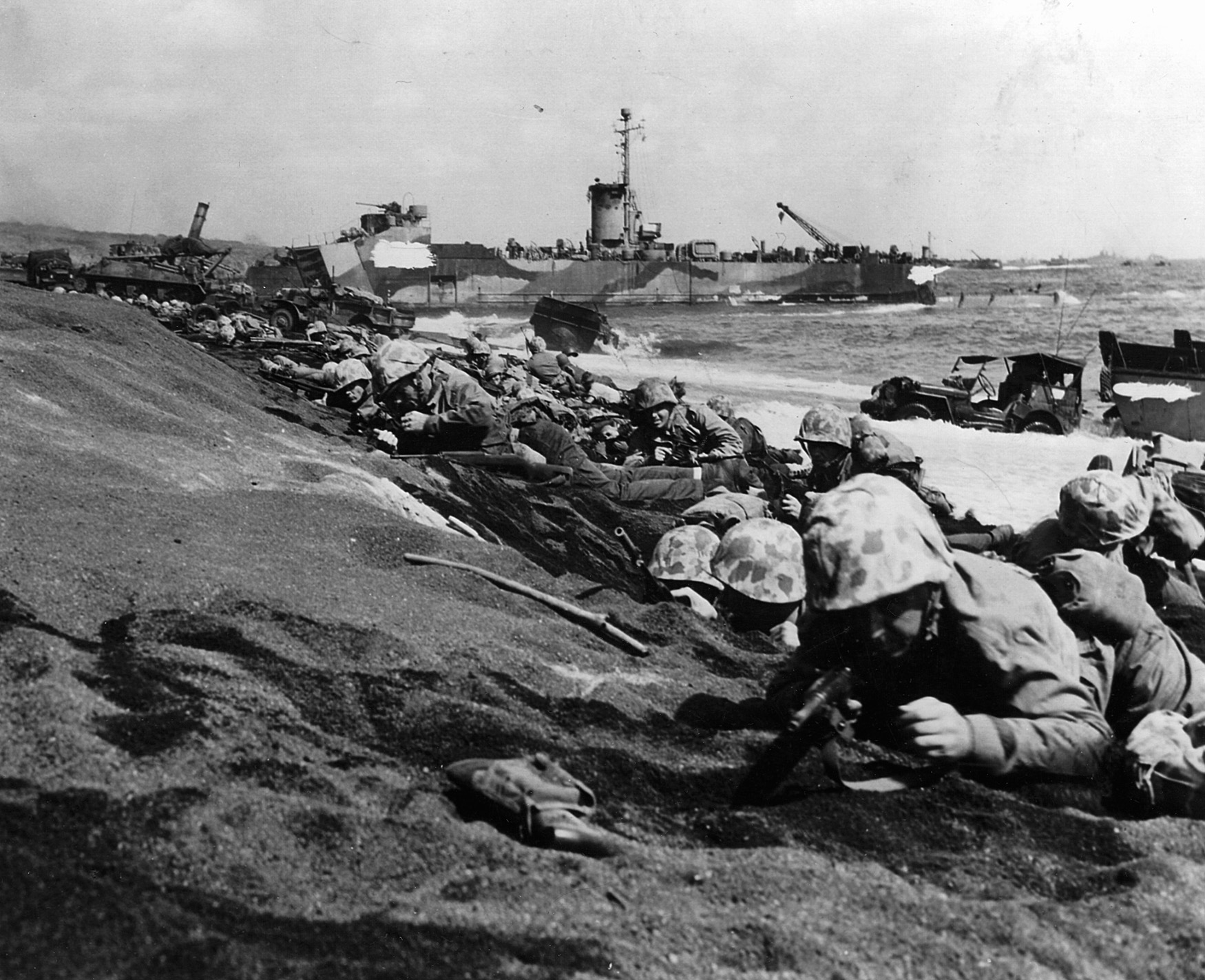
The Pacific Theater during World War II is generally regarded as the area of military confrontation between the Allied powers and Imperial Japan. The Pacific Theater consists of the entire operational expanse of the war from the Aleutian Islands in the north to Australia in the south, including island chains such as the Solomons, Gilberts, Marshalls, and Marianas. The China-Burma-India (CBI) Theater is also considered a major component of the Pacific Theater.

Pacific Theater
Japanese military successes in 1941 and 1942 shocked the West. Behind those successes lay a logistics effort not often appreciated, that of shipping. Read more
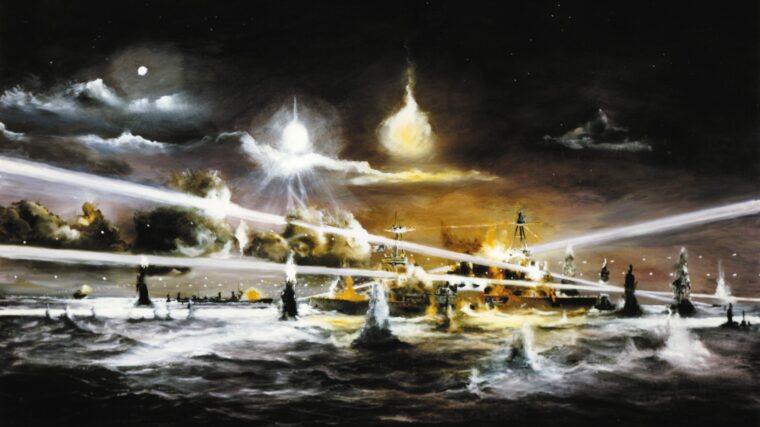
Pacific Theater
When Howard Brooks joined the United States Navy in 1939, the 20-year-old farm boy from Tennessee had no idea that he was going to experience one of the most harrowing adventures of World War II. Read more
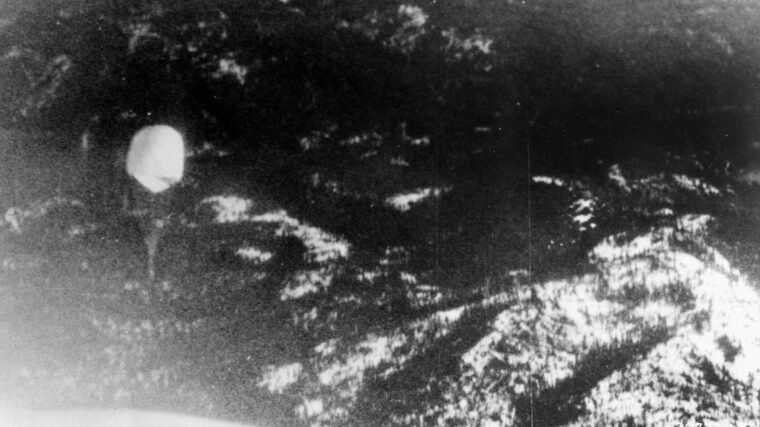
Pacific Theater
On Saturday, May 5, 1945, three days before the end of World War II in Europe and just three months before the Japanese surrendered, spinning shards of metal ripped into the tall pine trees, burrowing holes into bark and tearing needles from branches outside the tiny logging community of Bly, Oregon. Read more

Pacific Theater
As he read the decrypt of the radiogram from Admiral Harold Stark, Chief of Naval Operations, several things bothered Admiral Thomas C. Read more
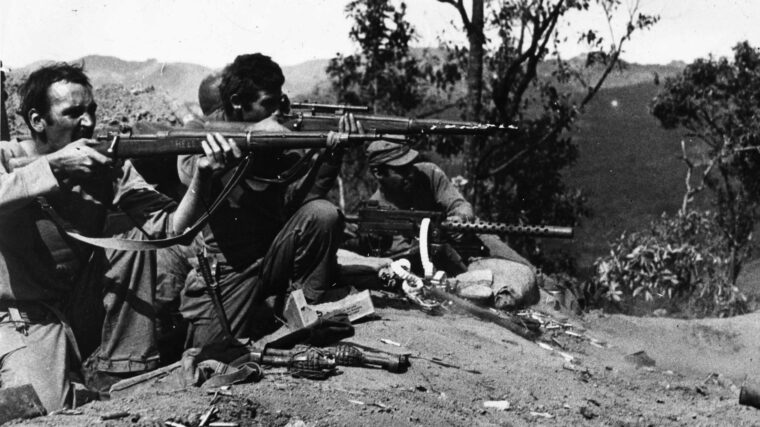
Pacific Theater
A small group of Americans, operating behind the Japanese lines in Burma from 1942 until mid-1945, played a major role in neutralizing a large enemy force. Read more
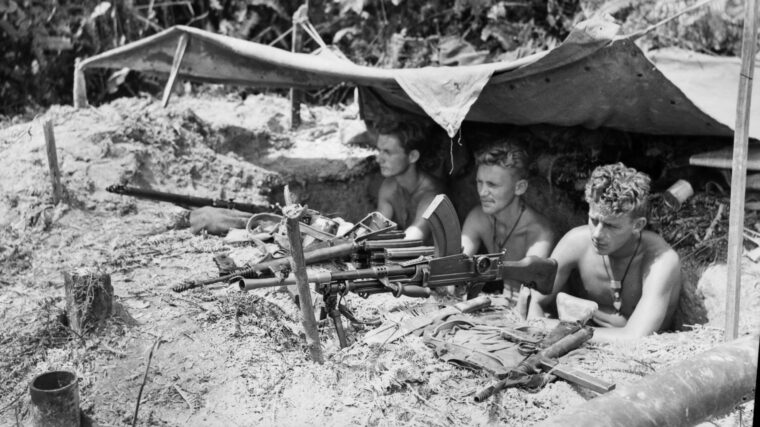
Pacific Theater
“We shall not be content with a defensive war,” stated British Prime Minister Winston Churchill during his speech to the House of Commons immediately after the evacuation of the British Expeditionary Forces from Dunkirk on June 4, 1940. Read more
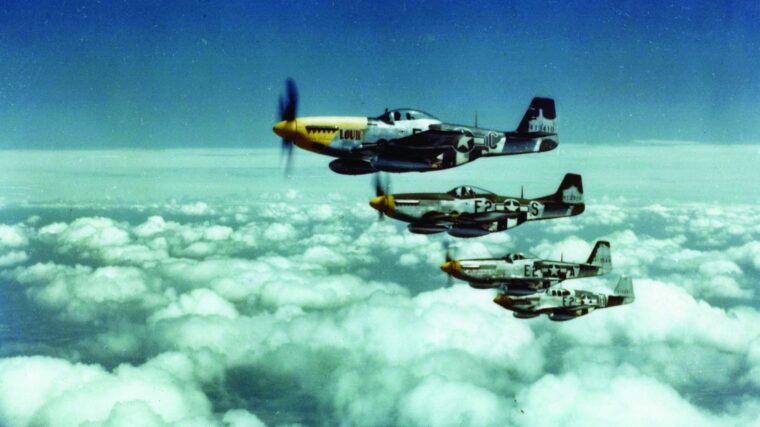
Pacific Theater
If a single airplane has captured the public imagination more than any other, it is undoubtedly the North American P-51 Mustang fighter. Read more
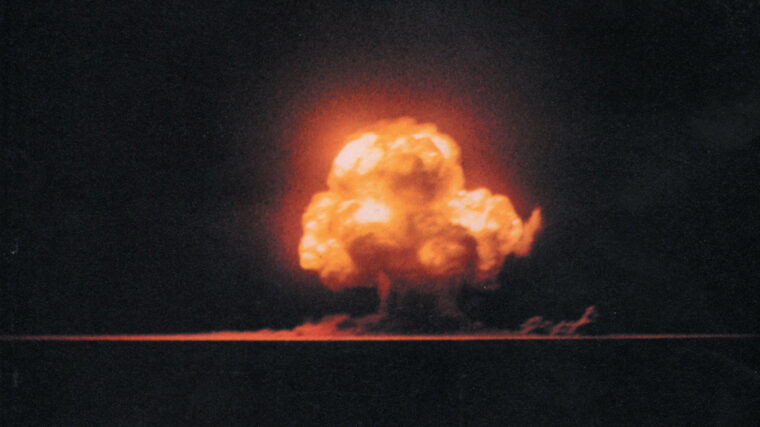
Pacific Theater
The most controversial decision of the 20th century—probably in all of history—was the one reportedly made by President Harry S. Read more
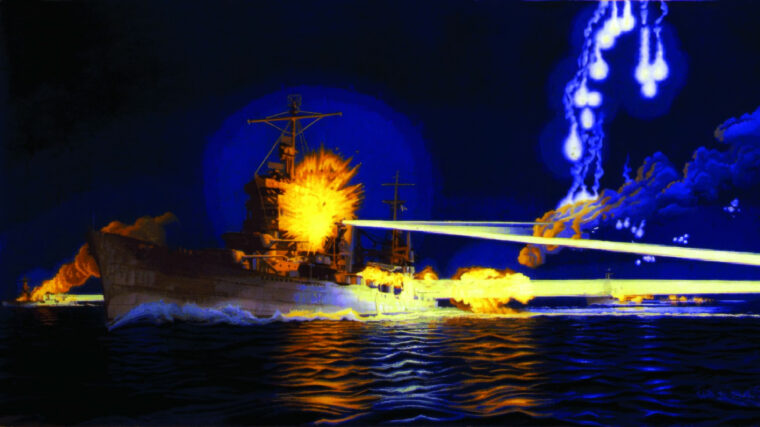
Pacific Theater
November 13, 1942, was a Friday, which sailors aboard the cruiser USS San Francisco noted with anxiety. Read more
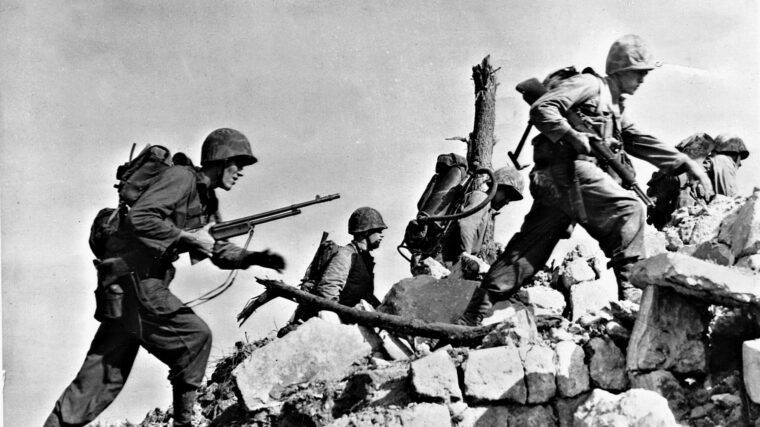
Pacific Theater
On Easter morning, April 1, 1945, the Pacific island of Okinawa trembled beneath an earthshaking bombardment from American combat aircraft overhead and ships steaming offshore in preparation for an amphibious landing of unprecedented magnitude. Read more
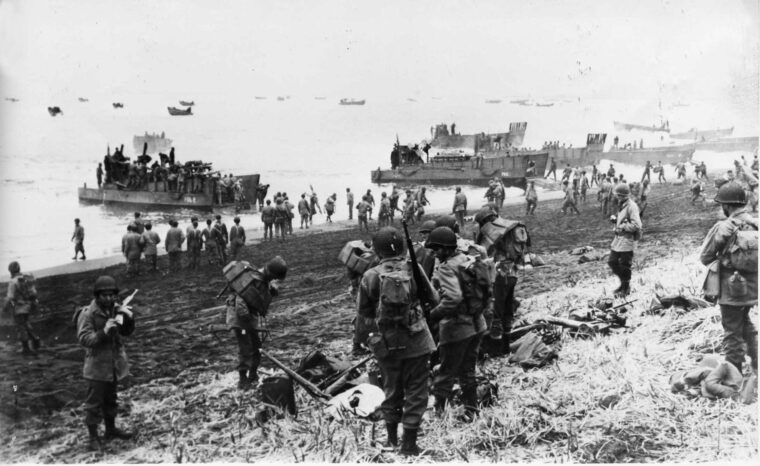
Pacific Theater
For decades Americans have been spoiled by the instant coverage of war in the media. Read more
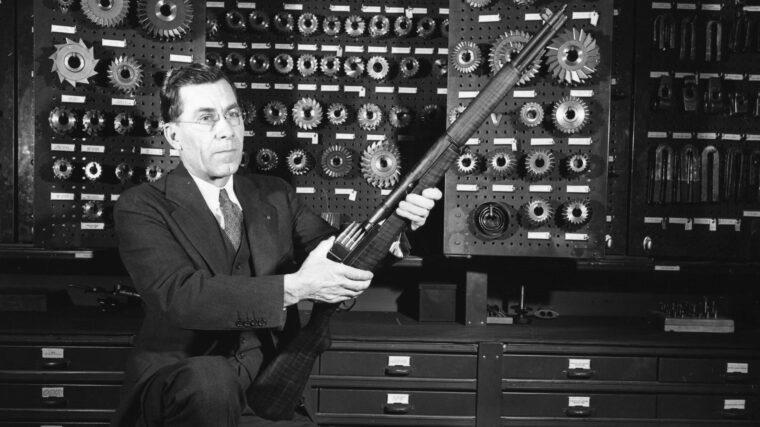
Pacific Theater
A variety of outstanding weapons and pieces of equipment affected the course of World War II for both the Allies and the Axis powers. Read more
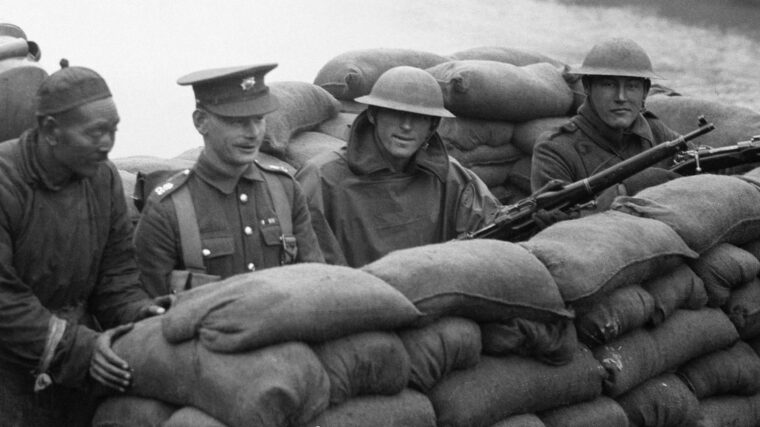
Pacific Theater
Soochow was a mongrel dog with a remarkable gift for self-preservation. A homeless stray, he attached himself to some U.S. Read more
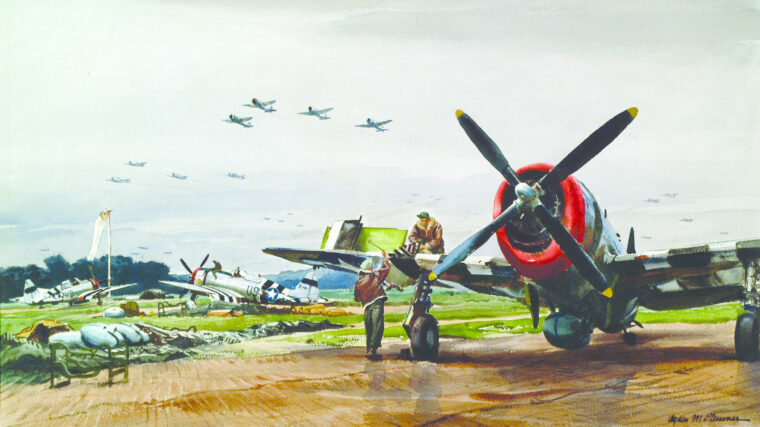
Pacific Theater
Since the end of World War II, the aviation press has made the North American P-51 Mustang into the superstar Allied fighter of the war. Read more
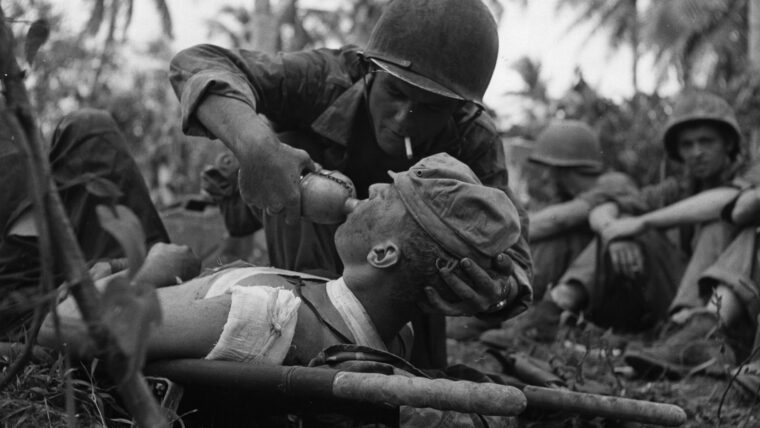
Pacific Theater
For centuries wounded soldiers of every nation were responsible for much of their own care. Medical attention was primitive and often not a high priority for military planners beyond the officer corps. Read more
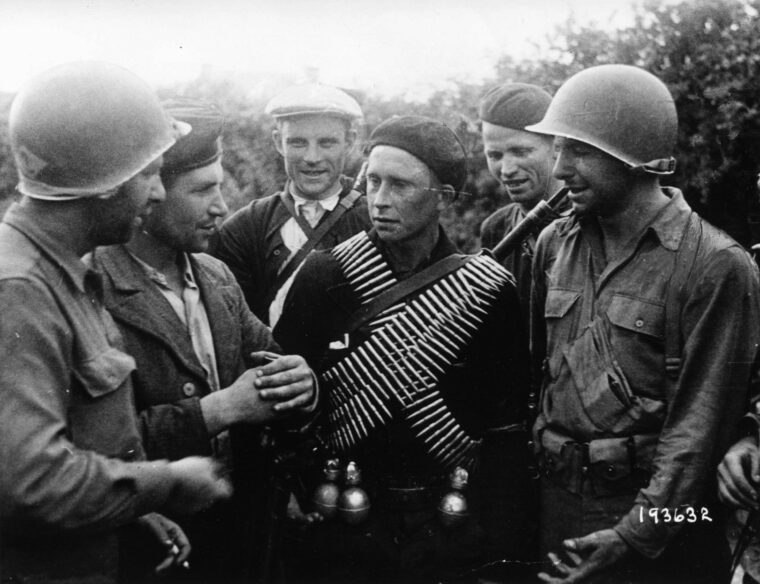
Pacific Theater
Major General John K. Singlaub was a young airborne lieutenant when he took up an offer from the Office of Strategic Services (OSS) to become engaged in “hazardous duty behind enemy lines.” Read more
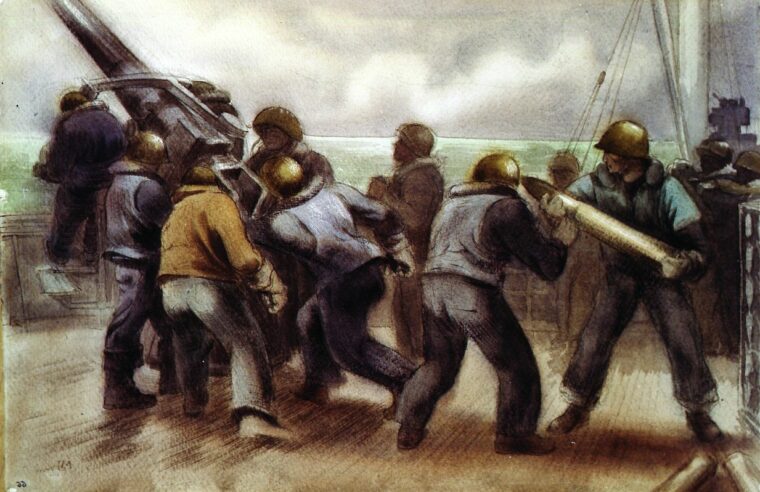
Pacific Theater
They have been called “the other Navy,” the “Navy’s stepchildren,” and perhaps most fittingly, “the forgotten Navy.” Officially, however, they were the Naval Armed Guard or more simply the Armed Guard (AG). Read more
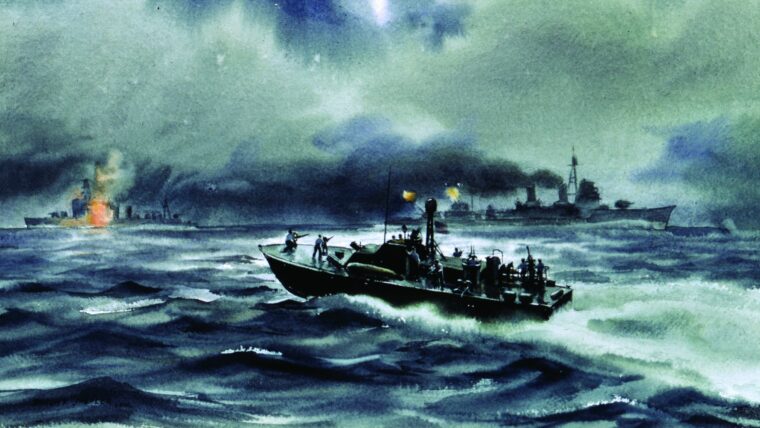
Pacific Theater
At 2:43 pm on October 24, 1944, one day before the Battle of Surigao Strait, Rear Admiral Jesse B. Read more
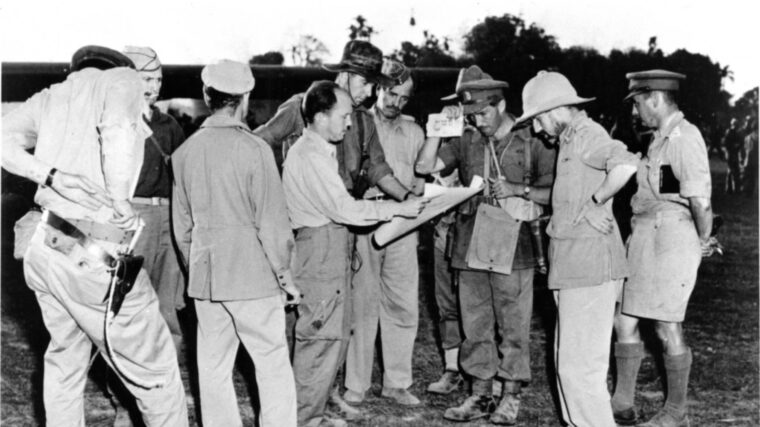
Pacific Theater
British General Orde Wingate is one of the more enigmatic World War II commanders encountered in a number of biographical and military historical accounts. Read more
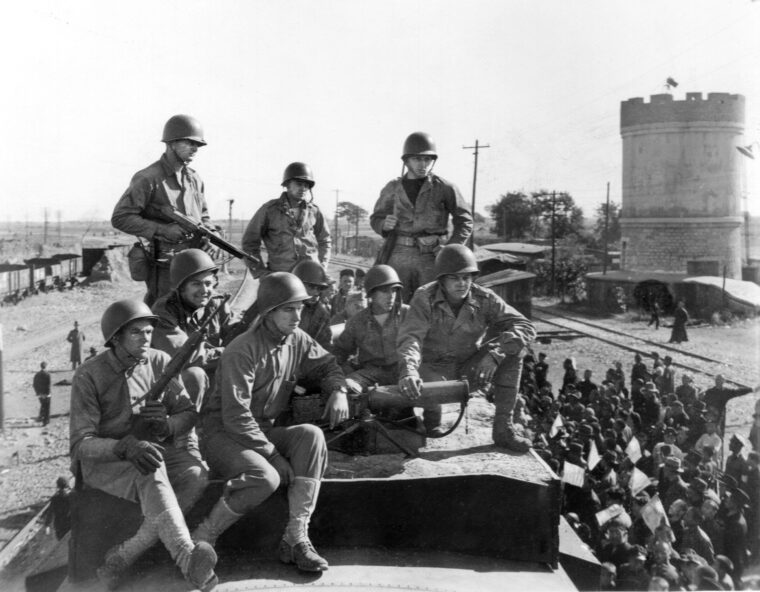
Pacific Theater
On September 2, 1945, Japanese representatives boarded the battleship USS Missouri, riding at anchor in Tokyo Bay, to sign an instrument of unconditional surrender. Read more